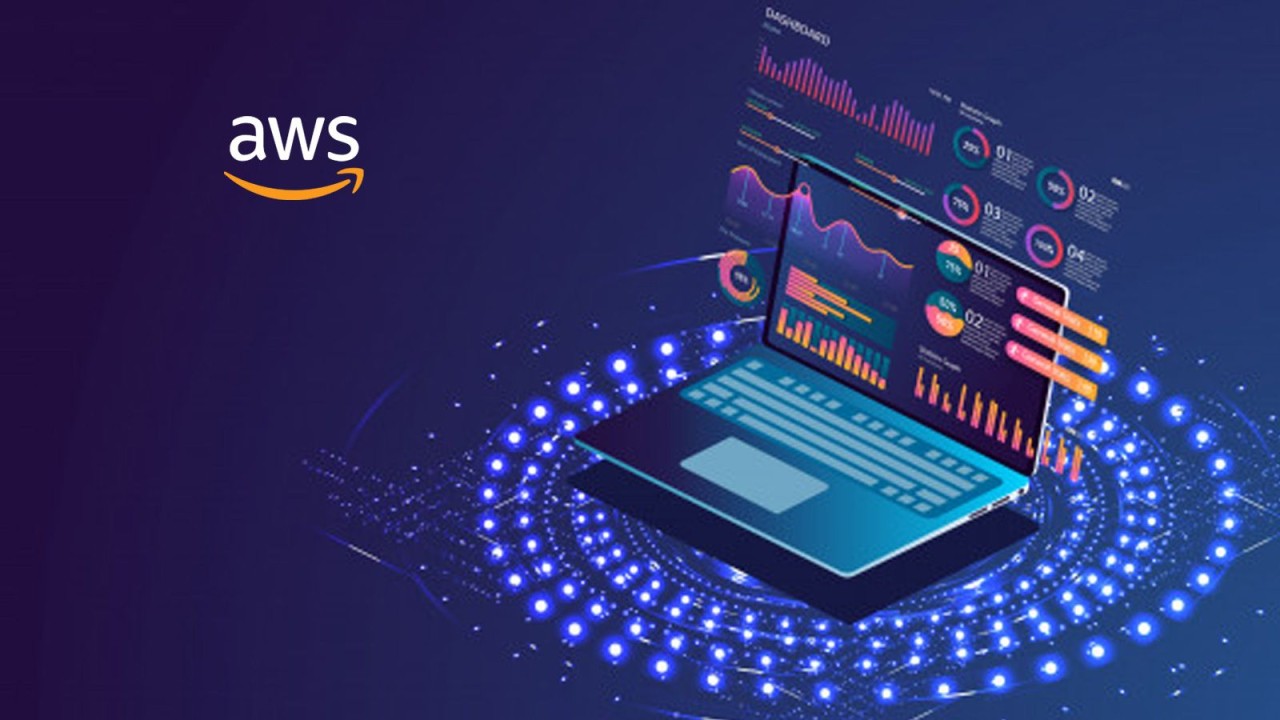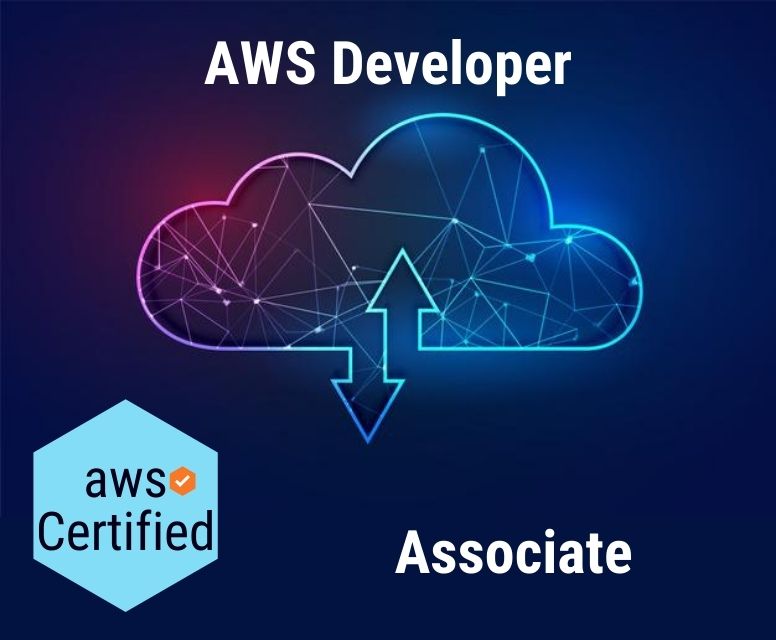1. Introduction to Cloud DevOps
1.1 Overview of DevOps Practices and Principles
1.2 The Role of DevOps in Cloud Environments
1.3 Benefits of Automation and Continuous Integration in the Cloud
1.4 Introduction to DevOps Tools: Jenkins, Git, Docker, Kubernetes, Terraform
2. Version Control with Git
2.1 Basics of Version Control Systems
2.2 Working with Git: Repositories, Branches, Commits, and Merges
2.3 Collaboration and Workflow Strategies with Git
2.4 Integrating Git with CI/CD Pipelines
2.5 Case Studies: Version Control Best Practices in Cloud DevOps
3. Continuous Integration (CI)
3.1 Fundamentals of Continuous Integration
3.2 Setting Up a CI Pipeline with Jenkins
3.3 Automated Testing and Quality Assurance in CI
3.4 Integrating CI with Cloud-Based Repositories (GitHub, GitLab, Bitbucket)
3.5 Case Studies: Implementing CI in Large-Scale Cloud Projects
4. Infrastructure as Code (IaC)
4.1 Introduction to Infrastructure as Code
4.2 Automating Cloud Infrastructure with Terraform
4.3 Managing Configuration with Ansible and Chef
4.4 Best Practices for IaC in AWS, Azure, and Google Cloud(Ref: Cloud Computing &Sustainability: Green IT)
4.5 Case Studies: Automating Infrastructure for Scalable Cloud Applications
5. Containerization with Docker
5.1 Introduction to Containerization and Docker
5.2 Creating and Managing Docker Containers
5.3 Docker Compose and Multi-Container Applications
5.4 Deploying Containers in Cloud Environments (AWS ECS, Azure AKS, Google GKE)
5.5 Case Studies: Containerization Strategies for Cloud-Based Applications
6. Orchestration with Kubernetes
6.1 Introduction to Kubernetes for Container Orchestration
6.2 Deploying and Managing Kubernetes Clusters
6.3 Kubernetes Services, Networking, and Storage
6.4 Scaling and Managing Applications with Kubernetes
6.5 Case Studies: Kubernetes Orchestration in Production Cloud Environments
7. Continuous Deployment (CD)
7.1 Fundamentals of Continuous Deployment
7.2 Setting Up a CD Pipeline with Jenkins and Git
7.3 Blue-Green Deployments and Canary Releases
7.4 Managing Rollbacks and Monitoring Deployments
7.5 Case Studies: Continuous Deployment in Cloud-Native Applications
8. Automated Testing and Quality Assurance
8.1 Introduction to Automated Testing in DevOps
8.2 Implementing Unit, Integration, and End-to-End Tests
8.3 Test Automation Tools and Frameworks (JUnit, Selenium, etc.)
8.4 Continuous Testing in CI/CD Pipelines
8.5 Case Studies: Improving Software Quality with Automated Testing
9. Monitoring and Logging in Cloud DevOps
9.1 Introduction to Monitoring and Logging Tools
9.2 Implementing Monitoring with Prometheus, Grafana, and CloudWatch
9.3 Centralized Logging with ELK Stack (Elasticsearch, Logstash, Kibana)
9.4 Real-Time Alerts and Incident Response Automation
9.5 Case Studies: Effective Monitoring and Logging in Cloud Environments
10. Security and Compliance in Cloud DevOps
10.1 Securing DevOps Pipelines and Infrastructure
10.2 Implementing DevSecOps: Integrating Security into CI/CD
10.3 Compliance Automation in Cloud Environments
10.4 Managing Secrets and Sensitive Data in DevOps
10.5 Case Studies: Ensuring Security and Compliance in DevOps Projects
11. Advanced DevOps Automation
11.1 Automating Multi-Cloud and Hybrid Cloud Environments
11.2 Serverless DevOps: Automating with AWS Lambda, Azure Functions, Google Cloud Functions
11.3 Implementing Chaos Engineering for Resilience Testing
11.4 Advanced Scripting and Automation with Python and Bash
11.5 Case Studies: Advanced Automation Techniques in Cloud DevOps
12. Scaling DevOps Practices
12.1 Scaling DevOps in Large Enterprises
12.2 Collaboration and Communication in Distributed DevOps Teams
12.3 Managing Multiple DevOps Pipelines and Projects
12.4 Continuous Improvement in DevOps Processes
12.5 Case Studies: Scaling DevOps Practices in Global Organizations
13. Hands-On Labs and Exercises
13.1 Building a CI/CD Pipeline from Scratch
13.2 Automating Infrastructure Deployment with Terraform
13.3 Containerizing Applications with Docker and Orchestrating with Kubernetes
13.4 Implementing Continuous Deployment with Blue-Green and Canary Releases
14. Future Trends in Cloud DevOps
14.1 The Rise of AI and Machine Learning in DevOps Automation
14.2 The Evolution of Serverless DevOps
14.3 The Future of DevOps Tools and Platforms
14.4 Preparing for the Next Generation of Cloud DevOps
15. Conclusion and Next Steps
15.1 Recap of Key DevOps Concepts and Tools
15.2 Exploring Advanced DevOps Certifications
15.3 Resources for Continued Learning and Professional Development







Reviews
There are no reviews yet.